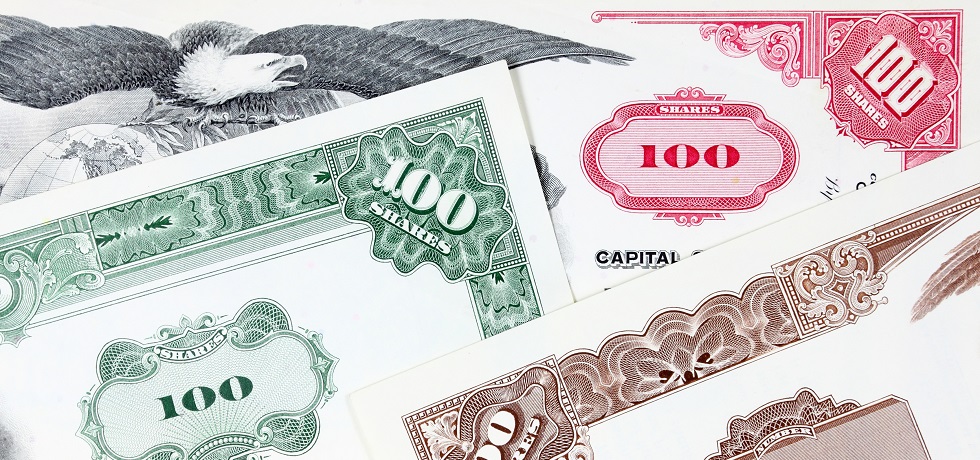At some point in time, most companies need to find an external source of funding in order to grow their business. The planned growth could be a variety of things, from opening a new office space to designing a new product or hiring new staff. Some companies choose to borrow the money in the form of a loan, while other raise the money by selling shares of the company in the form of a stock. When you buy a stock in a company, you actually own part of that company and have a right to an equal part of the company’s profit. Although you don’t have a say in the decisions that the company makes, in general, a company’s value will increase as time goes by, provided that nothing drastic happens. In fact, throughout history, large stocks have proven to provide good returns, on average around 10% per year. Of course, stocks come with risk.
“Bear Markets”
A “bear market” can ruin a stock portfolio. A bear market is described as a prolonged decline in the value of the Dow Jones Industrial Average, amounting to more than 20 percent. Often, investors try to anticipate market losses and sell stocks before prices plummet. This creates a ripple effect as demand decreases for stocks and prices go down. Markets usually recover from these downturns, at least in the long term. Investors must try to hold on until the tables turn; investing is most often a long-term endeavor.
Company Size
The type of stock you should choose will depend on your individual needs. In general, markets are divided in various ways. The size of a company refers to their market capitalization, or the current price for one share multiplied by the total number of shares remaining. For instance, a company with 600 million shares outstanding and shares that go for $1 has a market capitalization of $600 million. Companies with larger market capitalization tend to be well-established, stable, and less likely to experience rapid growth. Companies with smaller market capitalization are more likely to grow, making stocks more likely to garner higher returns over the long-term. However, since these companies are less likely to be established, they are accordingly more likely to be instable.
Company Style
Stocks can also be divided by style. There are two main styles a company can have: growth and value.
Growth refers to companies that are growing at a faster-than-average rate, much like a lot of recent technology companies. They offer excellent returns if the stock is purchased just before the company makes it big. However, they also come with risk, as growth stocks can plummet just as quickly as they rice in value. On the opposite end of the spectrum, value stocks are traded at lower-than-average prices on the market. The company may have just made a poor business decision and the stock plummeted. Some investors may believe that there is still worth to the company and purchase a stock, with the expectation that the wrong will be corrected and the company’s value will continue to rise over time.
